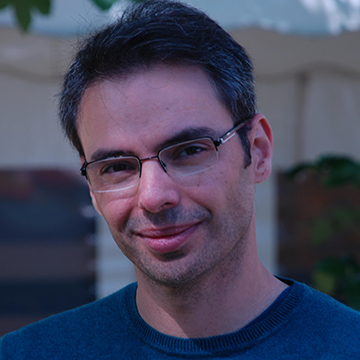Ultra-high-accuracy X-ray spectroscopy of transition metal oxides and rare earths (SPECTRE) – FCT 31969
Several societal challenges, such as the energy problem, environmental protection, hidden hunger, etc., are nowadays being addressed by research groups all over the world. These groups expertise lies in the development and characterization of new materials, quite often at the nanoscale, for which there are usually no standard reference materials for calibration. An important part of this contribution concerns X-ray analysis of atomic and chemical structure as well as elemental quantification of the materials, with methods that range from X-Ray Fluorescence and Diffraction, Particle Induced X-ray Emission and Electron-Probe Micro Analysis, to name a few. Indeed, X-ray measurements already form the basis of an ever-increasing number of areas as varied as biomedics, renewable energy, semiconductor fabrication, law enforcement, cosmology and planetary exploration. One of the main tools that these communities use, are extensive atomic spectra databases which were first developed more than 30 years ago, and have been deficiently updated. In fact, these databases which feed a huge set of computational codes, from plasma modelling, astrophysical spectral fitting, crystallography as well as commercial software for X-ray spectrometry, are heavily interpolated and extrapolated and severely outdated.
This project will focus on ultra-high-accuracy measurements and calculations of X-ray fundamental parameters such as line energies and shapes, fluorescence yields, mass absorption coefficients just to name a few. A custom-built double crystal spectrometer (DCS), which allows line energy measurements to be performed without external calibration, being tied only to the definition of the SI meter, will be assembled at the Atomic Physics Laboratory of Faculdade de Ciências e Tecnologia from UNL, setting a high standard in X-ray metrology. The use of a DCS will ensure measurements of line energies and shapes, with accuracies of a few parts per million, in the soft X-ray regime where most databases are severely incomplete. Its high energy resolution will also allow the characterization of rare earths geological samples with the goal of developing standard reference materials for X-ray fluorescence (XRF).
These materials are highly sought by the mining industry as they allow the replacement of other analytical techniques which are time consuming and imply much higher costs.
The development of a simulation tool for atomic spectra line profiles based on the multiconfiguration Dirac-Fock method, coupled with a Monte-Carlo ray tracing software will also allow the study of broadening and shift mechanisms in the fundamental parameters. Among the line distortion processes are multielectron atomic shake effects, Auger and Coster-Kronig transitions as well as chemical and solid-state effects. A new database will be published online with all of the data generated within this project with the final goal of becoming a benchmark for atomic spectra fitting and simulation.
Project responsible

Mauro António Moreira Guerra
mguerra@fct.unl.pt
